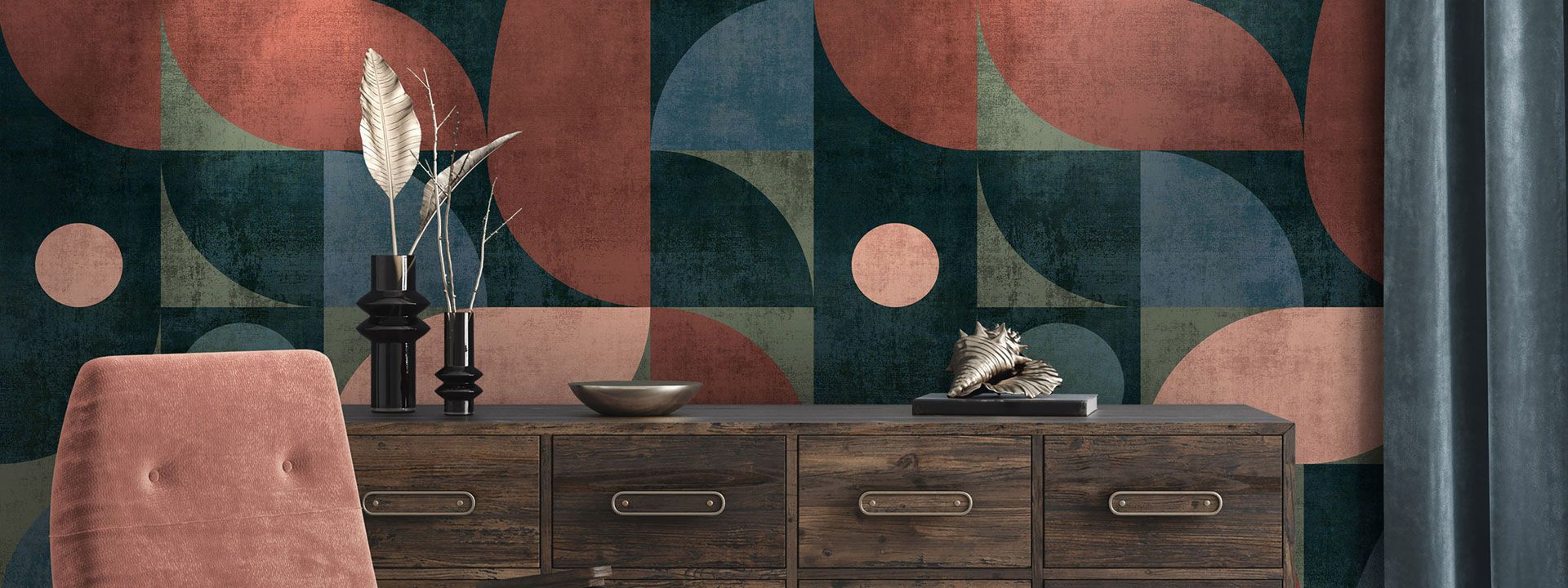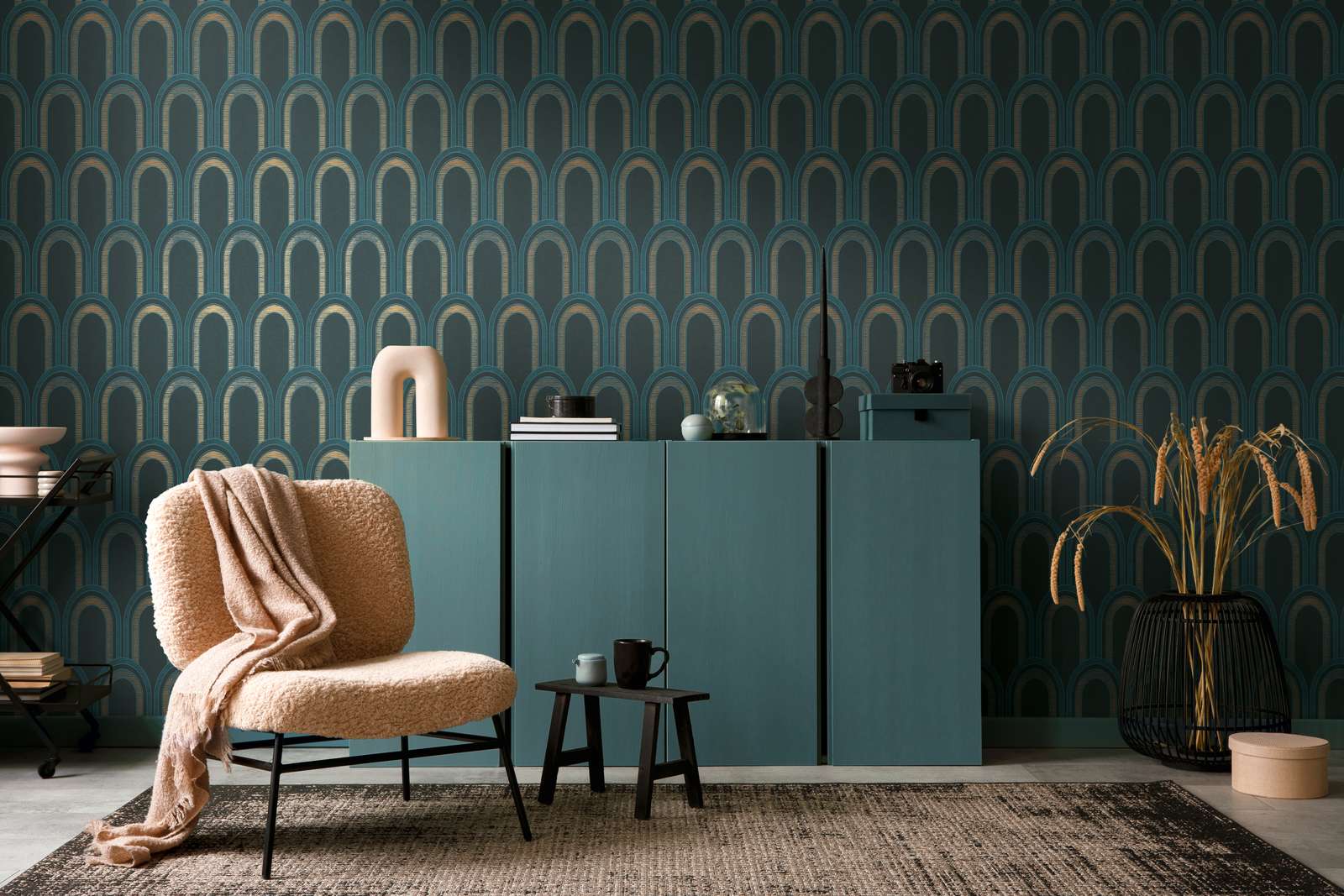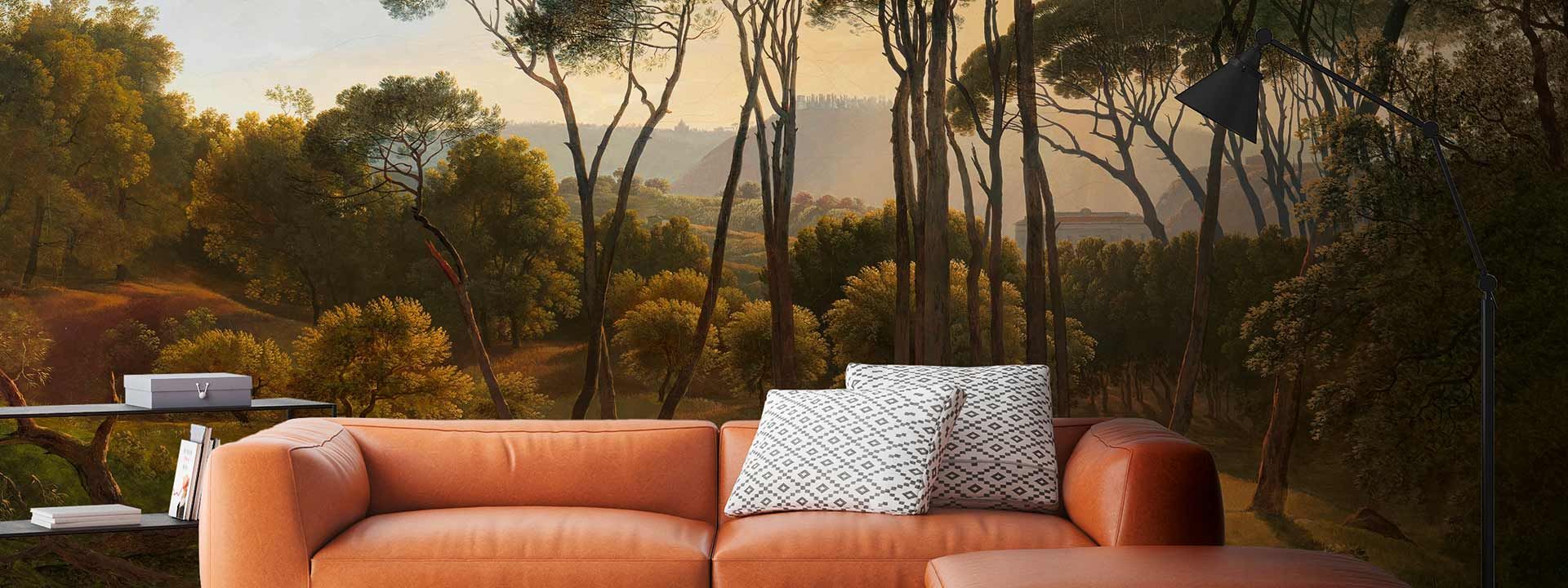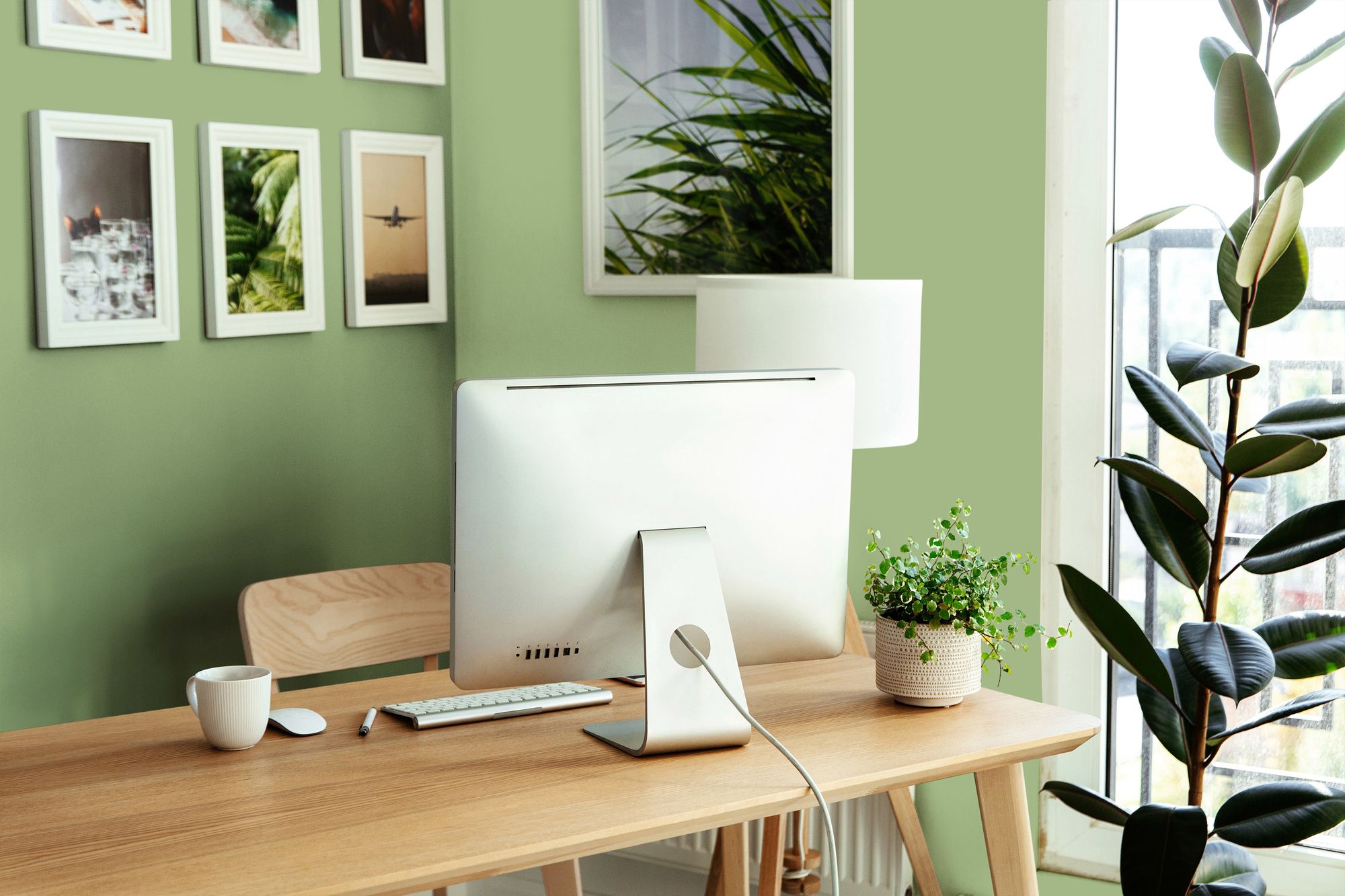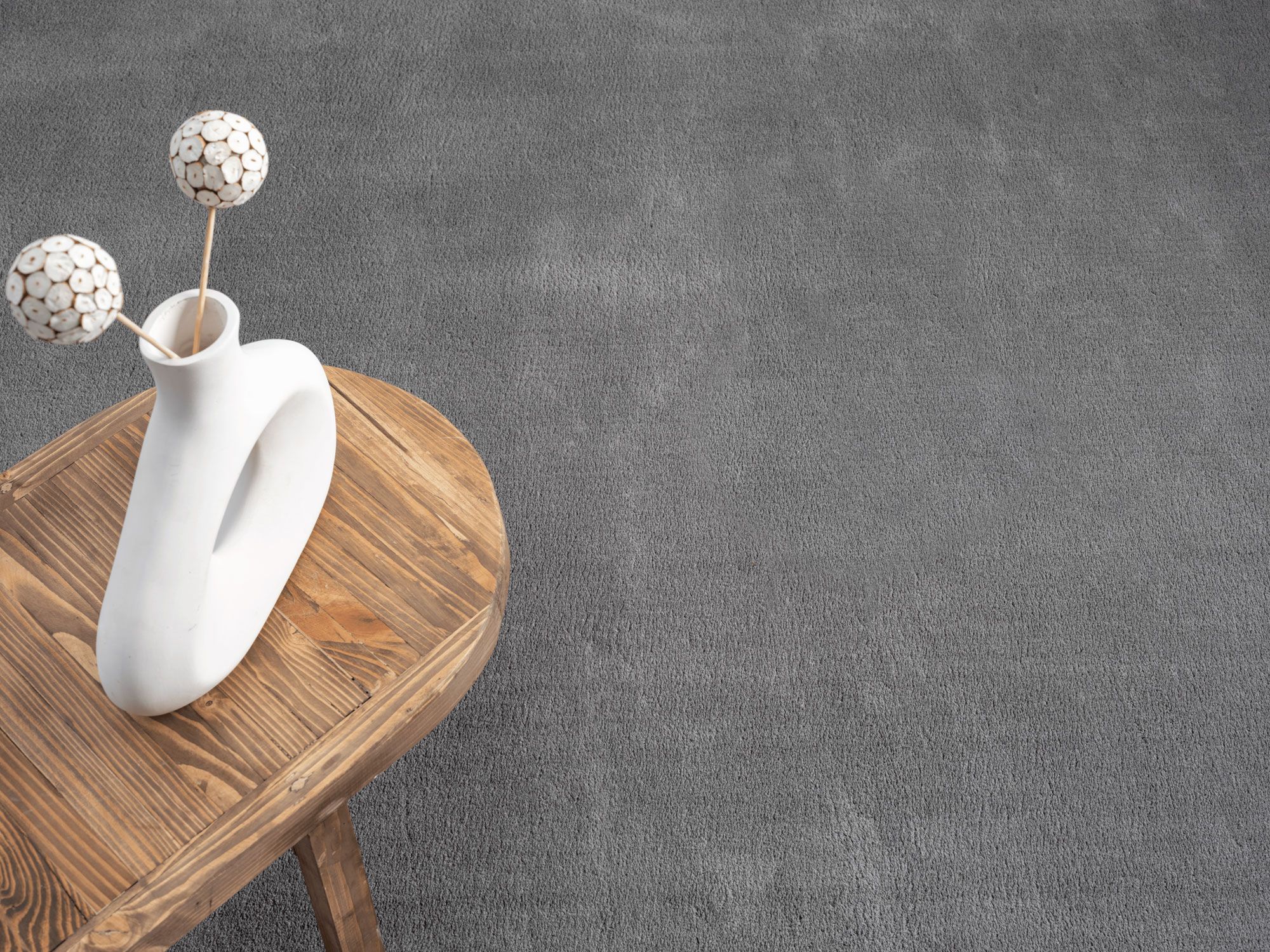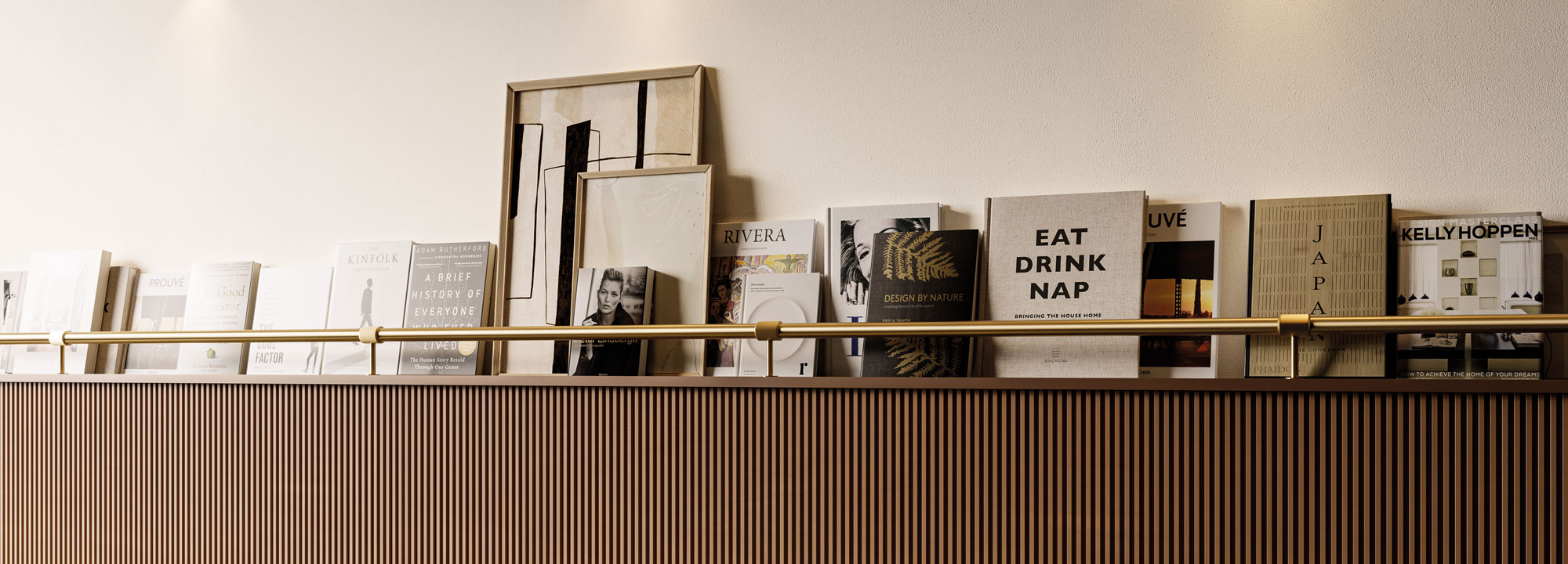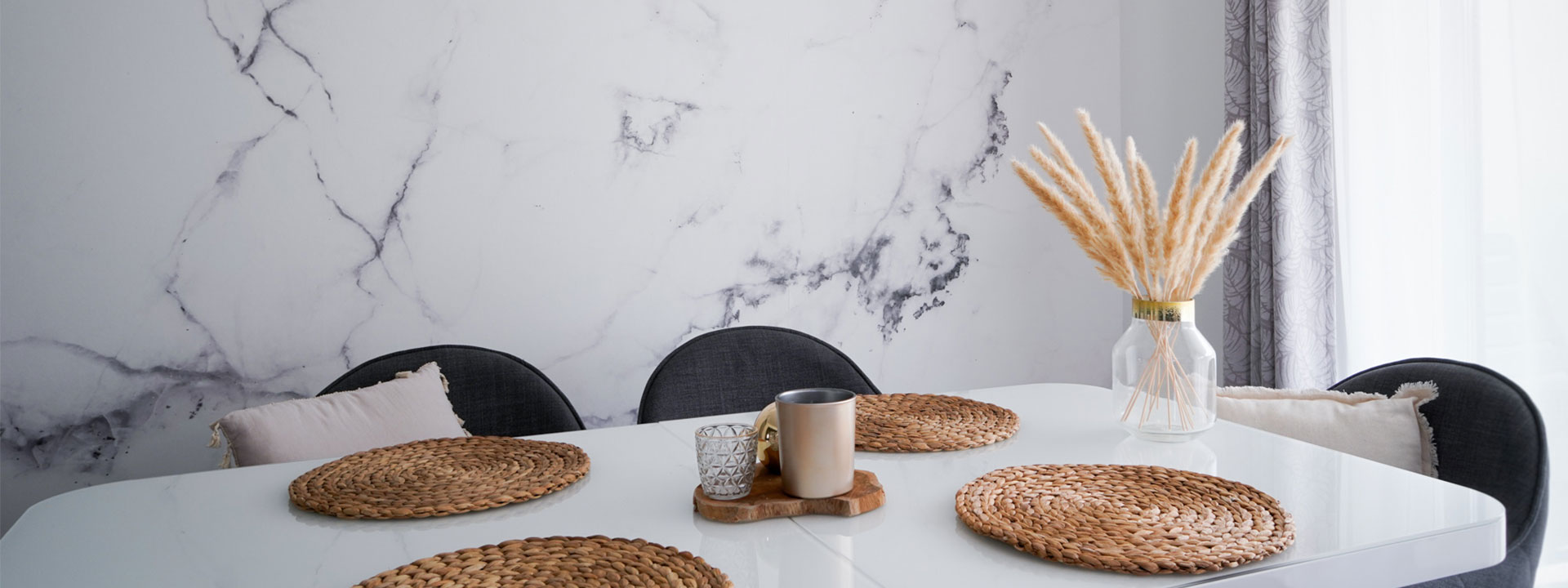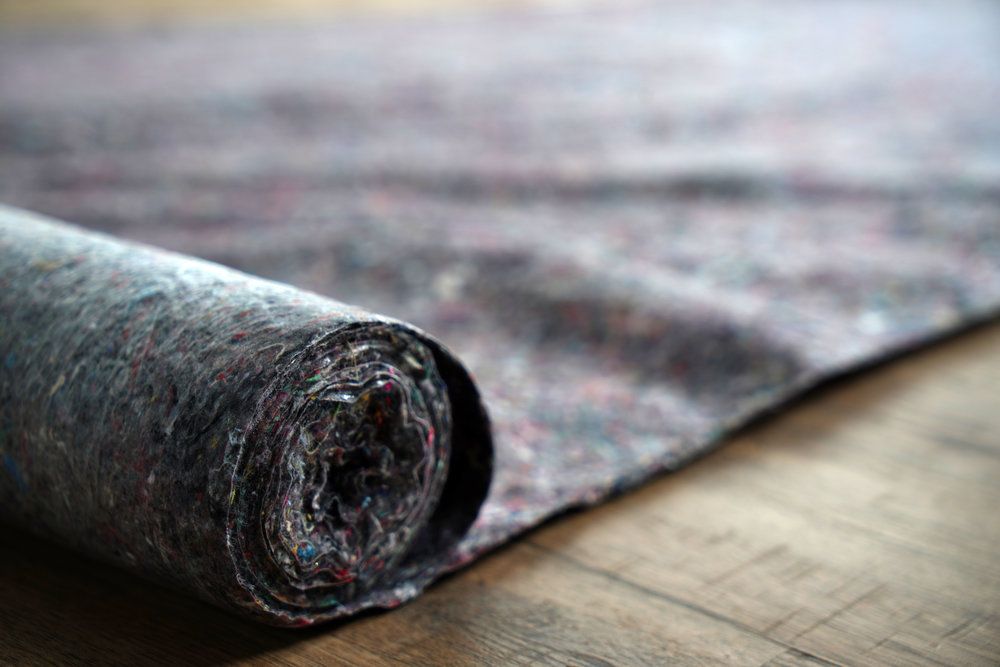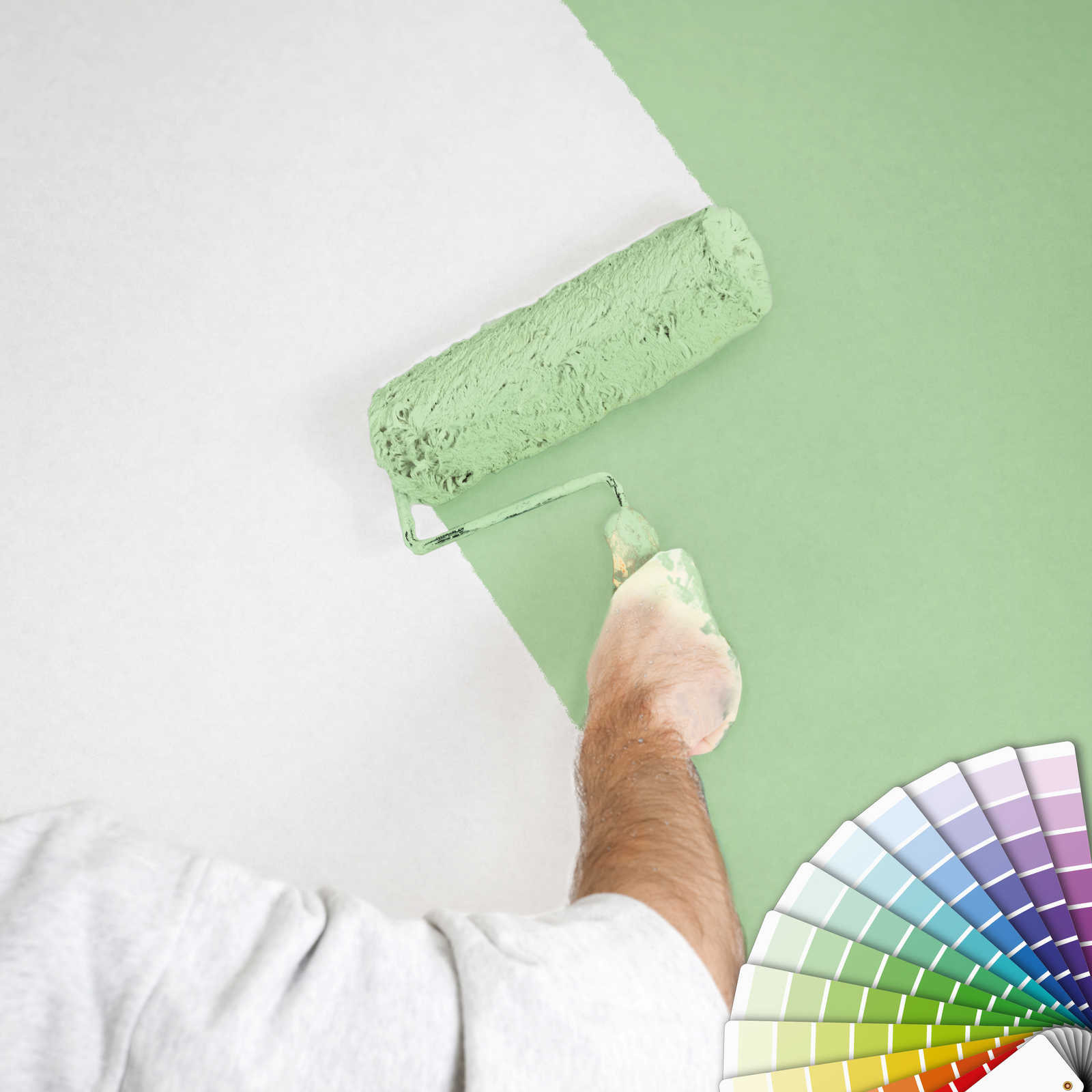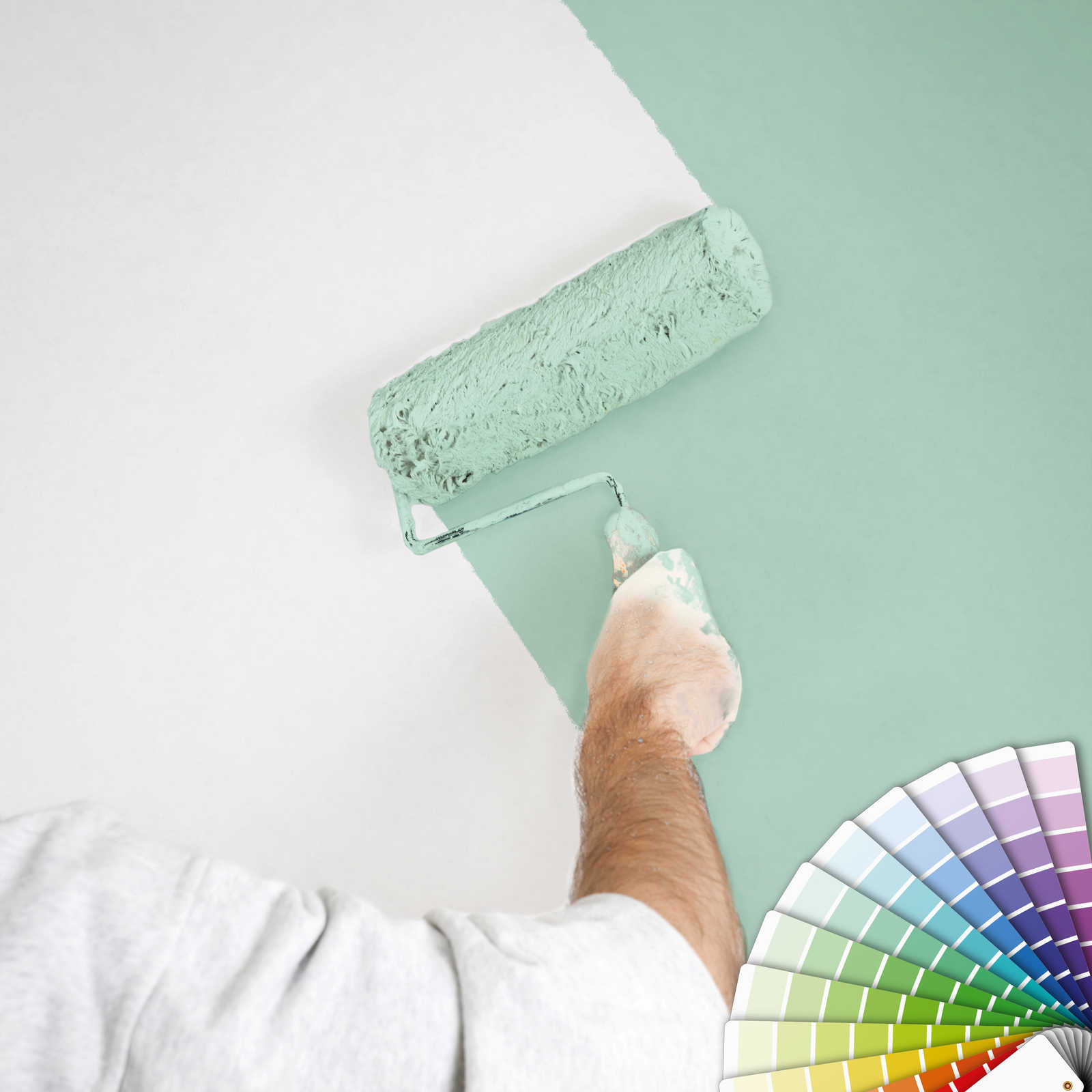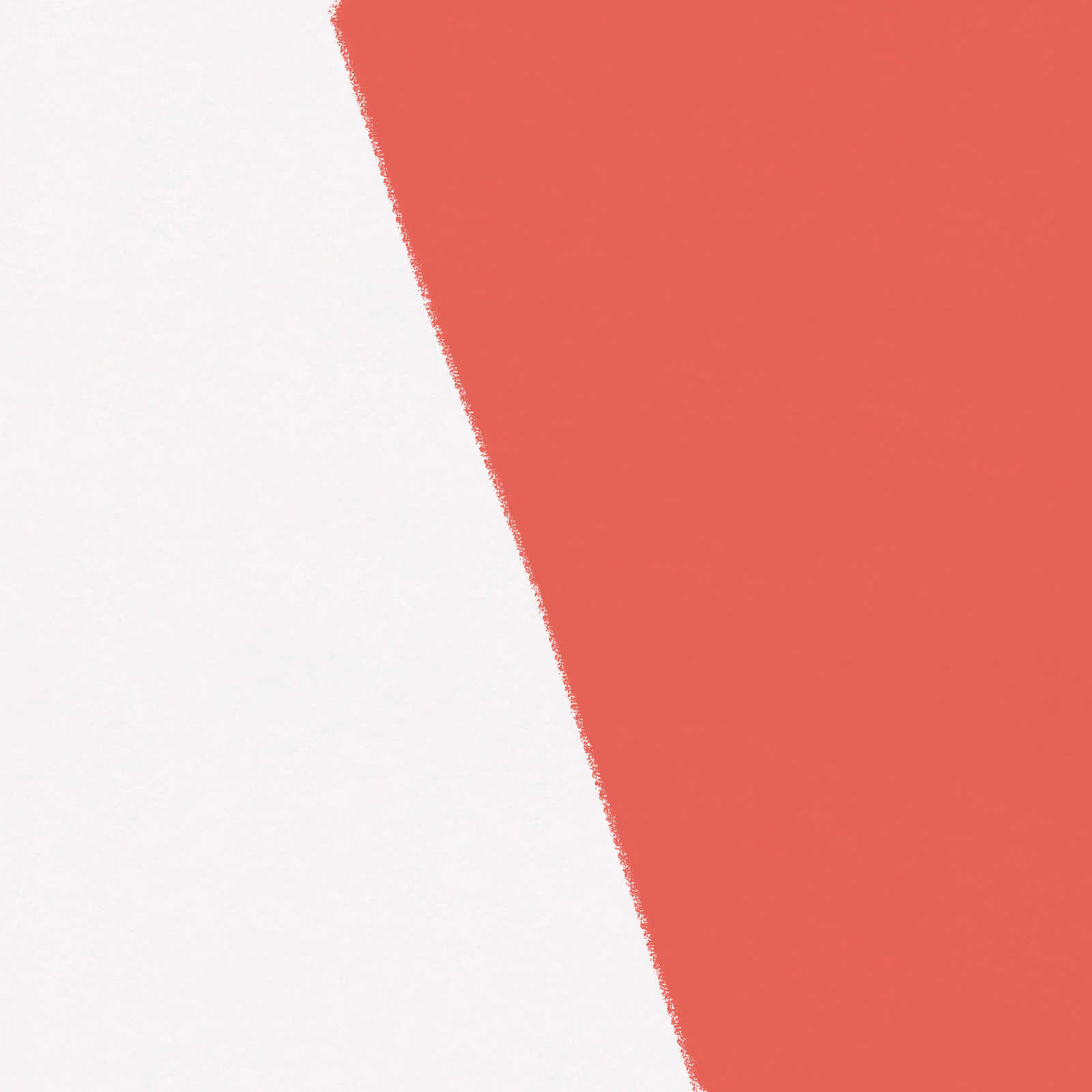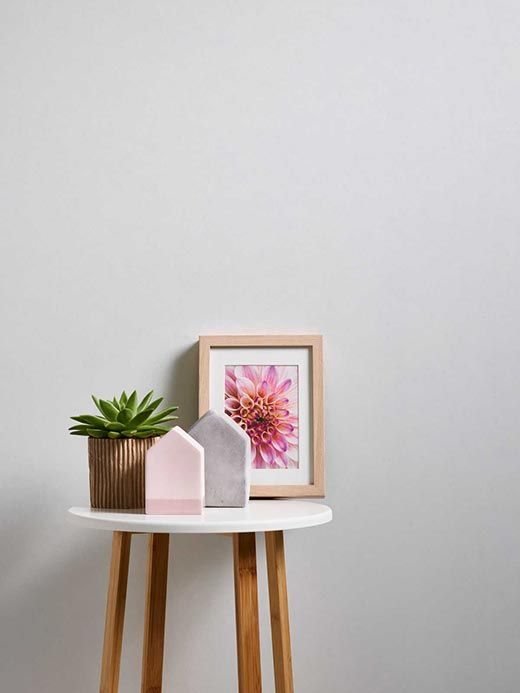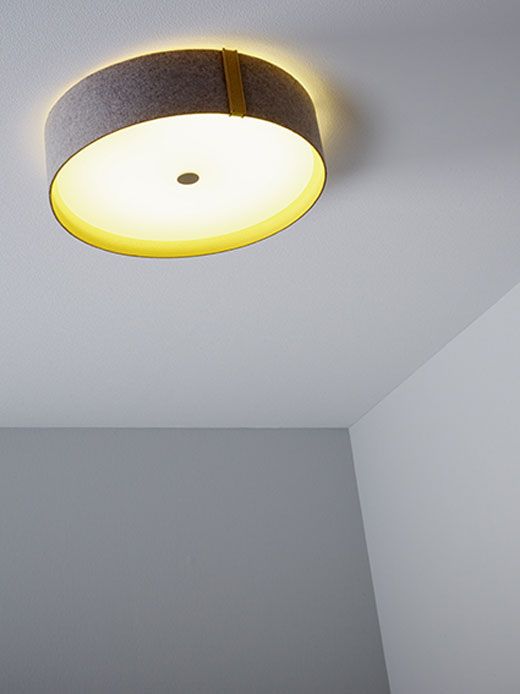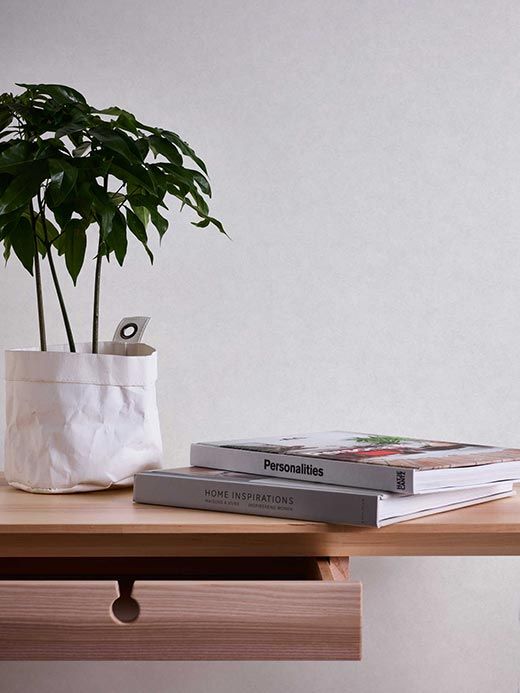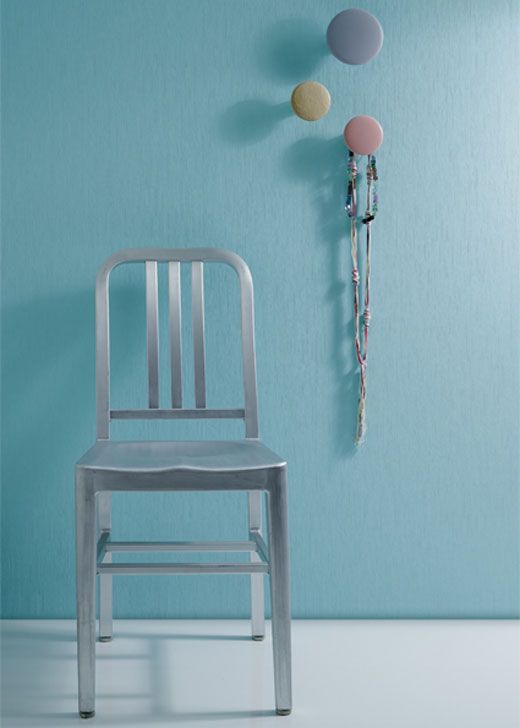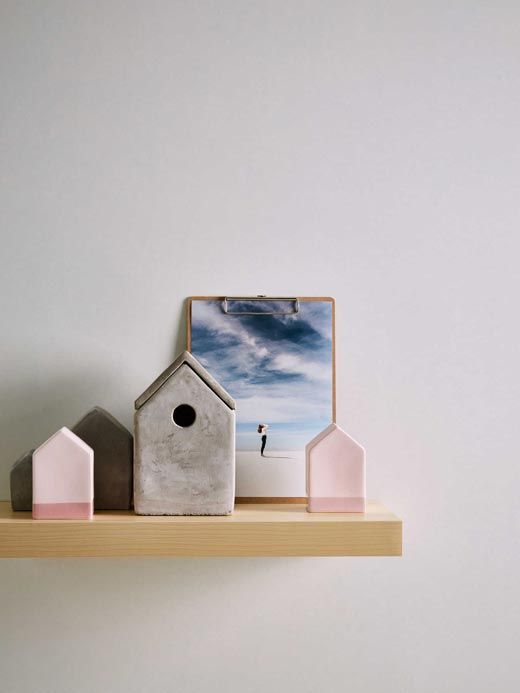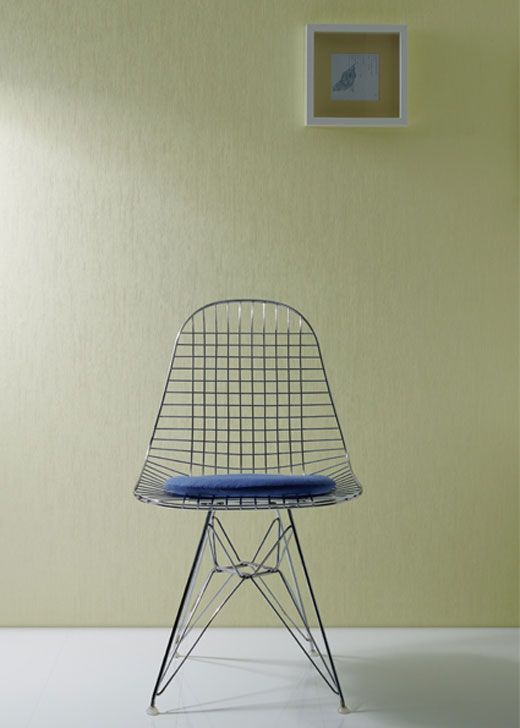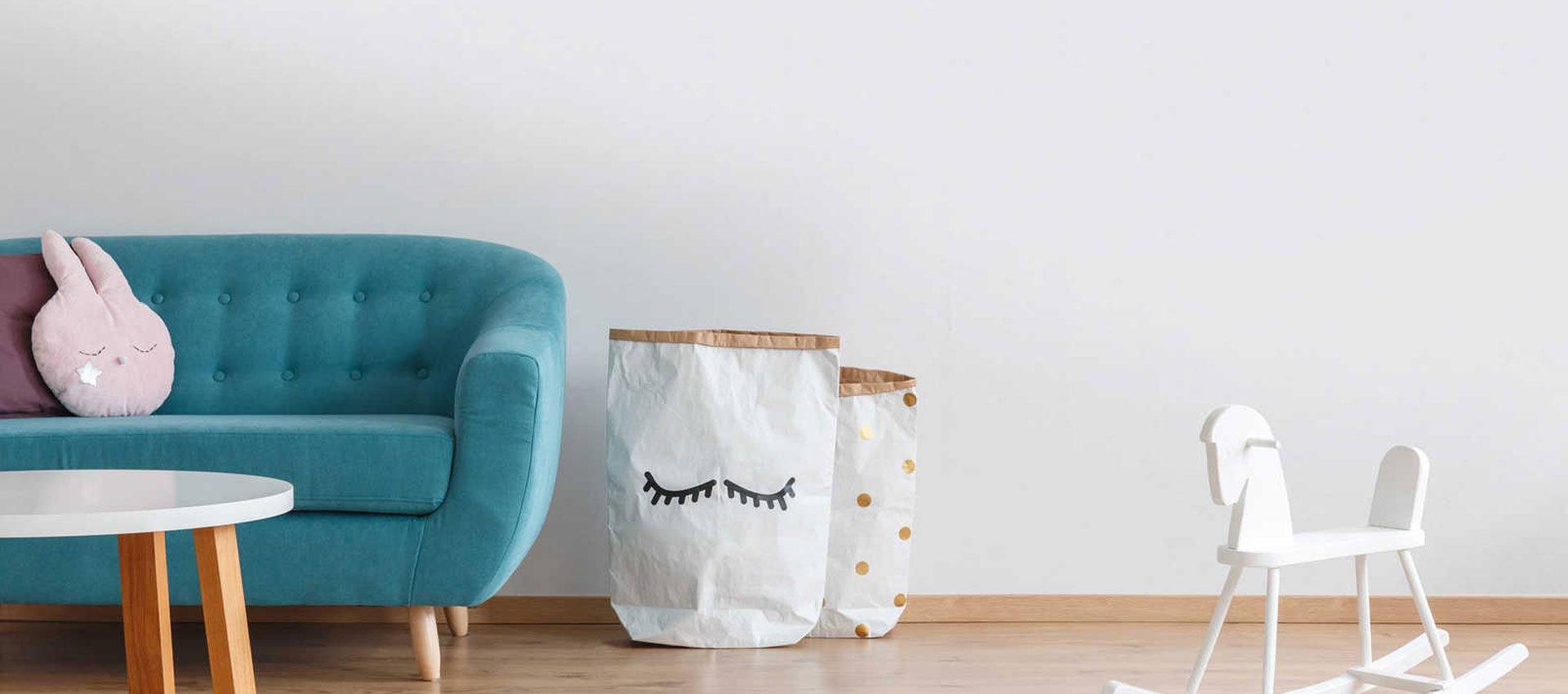Non-woven lining wallpaper: the universal genius
There are various different types of non-woven lining wallpapers, with their own specific properties. Here we will present you with the most important features and differences. We will explain to you which non-woven lining wallpaper is suitable for which purpose. We will show you where and how to use non-woven lining wallpaper and explain to you what you need to pay attention to when using it.
You will find out which non-woven wallpaper you need for your wallpapering project and what the different names and technical terms mean.
One wallpaper with many names – what is non-woven lining wallpaper?
As the name suggests, non-woven lining wallpaper is a non-woven wallpaper and is characterised by its smooth structure, special qualities and its use beneath other wallpapers, as well as the fact that it is possible to paint the material.
There are many names for non-woven lining wallpaper. Depending on their use, the area of application or local language rules, these wallpapers are also known as renovating non-woven wallpaper, smooth non-woven wallpaper, paintable non-woven wallpaper, repair non-woven wallpaper, wastepaper liner non-woven wallpaper, base non-woven wallpaper or liner paper.
These wallpapers have so many names due to the various uses and properties of these non-woven wallpapers. This multifunctional wallpaper is particularly stable and tear-resistant. It is often used as a paste-over lining wallpaper, but can also be painted over in several colours. You can buy almost all varieties of non-woven lining paper online, but first of all, you should find out which non-woven lining paper is the right one for your wallpapering project.
What is not non-woven lining wallpaper?
In addition to the many names for the special non-woven wallpaper, the misnomer of the common covering fleece causes confusion when searching for the appropriate working material. Masking fleece is a reusable fleece made from fabric remnants that is intended to protect floors and surfaces, for example from paint splashes when painting.
Sometimes we also find wallpapers which are described as glass non-woven wallpaper; in fact they are lining papers for fibreglass wallpapers and should not be confused with non-woven lining wallpaper.
Our range of non-woven lining wallpapers
At New-walls we have several versions of non-woven lining wallpaper, which differ in their material weight, roll length or roll format. Compare the products carefully before buying and choose the non-woven lining wallpaper with the right characteristics for your wall.
Non-woven lining wallpaper is available in the Euro roll format 0.53x10.05 m, which corresponds to an area of 5.33 sqm, and in the dimensions 0.75x25 m (18.75 sqm) and 1.0x25 m (25 sqm) for experienced users. The material quality varies between a weight of 130 g/m², 150 g/m² or 160 g/m².
You don't just renovate and wallpaper one room?
We support you with your wallpapering project, whether you are converting the attic, redesigning the loft flat or renovating an entire house. If you wallpaper a lot, you can save money by buying online at new-walls.com. Simply contact us and present your project to us, we will find the right painter's non-woven wallpaper together, determine your needs and make you an individual offer with a special price.
You already have concrete ideas, know which wallpaper it should be and how many rolls you need? Then send us a quote request directly:
When should non-woven lining wallpaper be used?
Non-woven lining wallpaper is used on difficult areas and creates a smooth, even result when wallpapering. As tradespeople, specialists and perfectionists so often use the non-woven lining wallpaper to achieve professional results, it is also known as liner paper or renovating non-woven material. Non-woven lining wallpaper is always applied to the wall if the special properties of the non-woven material are required for the best wallpapering results.
Which properties make New-walls non-woven lining wallpaper a real all-rounder compared with other wallpapers?
☑️ Can be wallpapered over
☑️ Paintable
☑️ Hard-wearing
☑️ Tear-resistant
☑️ Dimensionally stable
☑️ Absorbent
☑️ No edges to match up when wallpapering
☑️ Removable with no residues
☑️ Permeable to water vapour
☑️ Free from PVC and fibreglass
☑️ FSC-Mix and RAL certified
☑️ Made in Germany
When should each non-woven lining wallpaper be used?
Light and thin non-woven lining wallpapers are suitable as base wallpapers to wallpaper over; they are hung in the same way as non-woven wallpapers and create the ideal substrate for a non-woven wallpaper or a photo wallpaper with a motif. They are used if the wall substrate is not sufficiently absorbent and to ensure optimal hold for non-woven wallpapers.
Non-woven lining paper with a medium weight per square metre can be both painted over and wallpapered over. The smooth non-woven material creates a flat wall surface and easily hides minor irregularities. It is used both in new and old buildings and can be used both solo and in combination with other non-woven wallpapers as part of the room design.
Strong, heavy non-woven lining paper is the tool you need to bridge cracks and irregularities. Renovating non-woven wallpaper is used in restoration work and for renovating old buildings. You need a special wallpaper paste for them and you should also have experience of hanging wallpaper.

The many versions of non-woven wallpaper:
Lightweight non-woven lining wallpaper for the ideal substrate for wallpapering
Medium weight for maximum options for use
Non-woven lining wallpaper for a powerful performance
Wallpapering with non-woven lining wallpaper – what you need to pay attention to:
Technique – how to hang non-woven lining wallpaper
Like other non-woven wallpapers, the paste-the-wall technique is used for non-woven lining wallpaper. This means that you don’t apply paste to the wallpaper itself, rather the substrate. You then press the non-woven lining wallpaper into the paste layer on the wall. Non-woven lining wallpaper does not need to be soaked and remains dimensionally stable.
As the smooth non-woven wallpaper is neutral white with no patterns, you can hang it without having to match up the edges, which allows for quick adhesion for the wallpaper and prevents waste. The wallpaper strips are glued butt to butt, i.e. edge to edge next to each other. These connecting seams, as the professionals call the edge joint, should be carefully pressed on with the seam roller and excess paste immediately removed with a damp cloth.
Substrates – what can non-woven lining paper adhere to
This construction material, in combination with a special paste, is suitable for application on various interior wall surfaces and acts as a clean, absorbent, splitable and smooth wall covering. Non-woven lining wallpaper is intended for building facings such as plasterboard, but can also be applied to treated wood surfaces and to smoothly filled masonry, subject to certain conditions. However, in addition to the appropriate adhesive or paste selection, attention must be paid to preparing the substrate correctly. It is also possible to use it on smooth plaster or concrete.
The non-woven lining paper is used for reveals around windows & doors, for ceilings or roof slopes.
The base – the right paste
When choosing the right paste, you should ensure that it is suitable for hanging non-woven wallpapers or if it is specially designed for non-woven lining wallpapers. In addition to classic pastes for non-woven materials, there are also alternative adhesives on the market for use on non-absorbent surfaces.
Evaluate the substrate beforehand and choose a suitable adhesive. If in doubt, you should consult a specialist or affix a sample to the wall in a non-noticeable area.
Choose non-woven lining wallpaper for your project
You can determine which is the right non-woven wallpaper for your project using our overview of non-woven lining wallpaper. The best thing to do is to compare the possible products with each other directly, which is why we give you the opportunity to conveniently order samples of the non-woven wallpaper to your home. You will find more information on online sample ordering on our sample service page.
Drying – for hold
How long non-woven lining wallpaper takes to dry depends on various factors, but generally speaking it is comparable to the drying times of other non-woven wallpapers. You should always ensure that the wallpapers have enough time to dry. Avoid draughts or high air humidity to ensure that the adhesive can create enough of a bond.
When using wallpaper pastes or special adhesives, you will always find information about drying times on the packaging.
Paint over or paste over
If the renovating non-woven wallpaper has dried on the wall, you can finally get on with painting or pasting over it. Use suitable wall paints (emulsions or latex paints) with a decorator’s brush or roll, or simply hang a decorative non-woven wallpaper in the usual way with wallpaper paste and suitable tools.
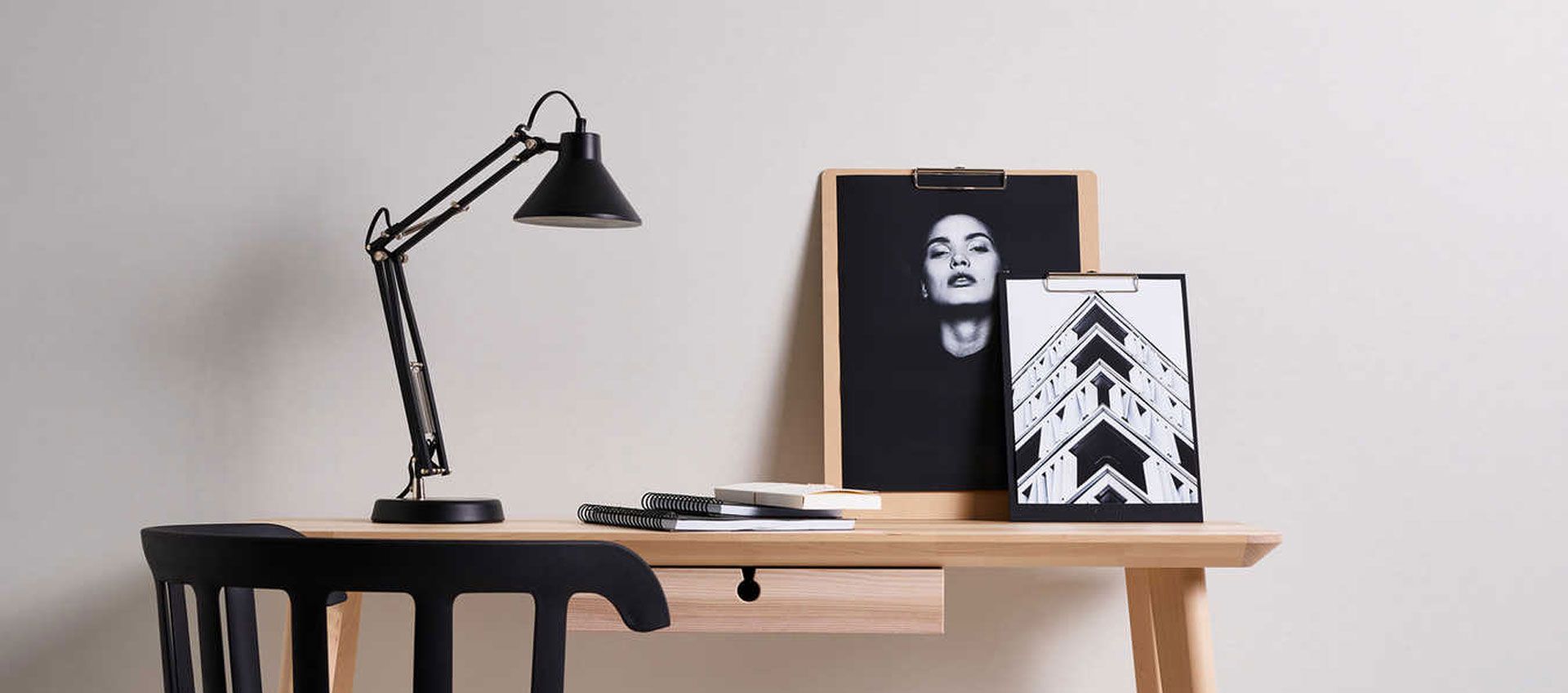
Building material regulations & certification
As a material for interior finishing, non-woven lining wallpaper must comply with technical requirements and standardised product standards. All non-woven lining wallpapers sold by Tapetenshop, therefore, bear the CE label and fulfil the standards of EN 15012. In addition, they also correspond to the fire protection class in accordance with EN13501-1 and are certified accordingly.
Not only this, our non-woven lining wallpapers also bear the RAL quality mark from the independent quality association Gütegemeinschaft Tapete e.V. which defines the technical, health and environmental safety requirements and monitors compliance with them.
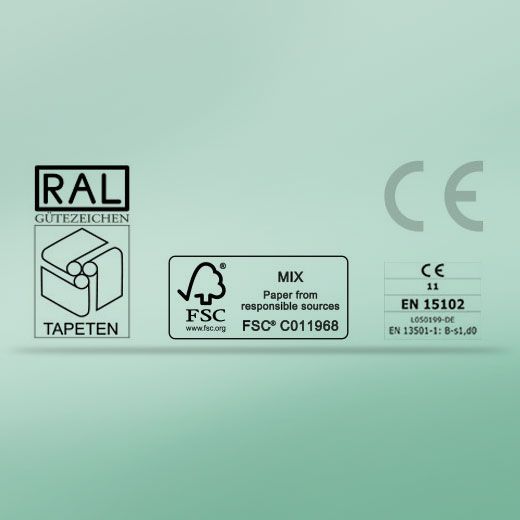
Alternatives to non-woven lining wallpaper
There is no alternative to smooth or renovating non-woven lining paper that can deliver all of the properties of the construction material at the same time. Depending on the material, you have the opportunity to prepare the wall with paste, adhesive primer or a levelling plaster. This can produce comparable results, but often requires a combination of several steps and methods.
If you are only using the non-woven lining wallpaper to be able to paint over it, you can buy an alternative product called Meistervlies (professional paintable non-woven wallpaper).
Meistervlies wallpapers consist of a non-woven backing material and an upper vinyl coating which is suitable for painting on with wall paints. In our shop, these wallpapers are labelled ‘paintable’ and in addition to providing a smooth, neutral surface, they offer a huge selection of textured surfaces and patterns in all styles with a three-dimensional effect.
What do I need to pay attention to when comparing and buying non-woven lining wallpaper?
Fundamentally, there are two things that you need to keep in mind: Grammage and dimensions.
The ways in which non-woven lining wallpaper can be used depend on the density and thickness of the material. This can be determined based on the grammage, which is the weight per square metre. Our infographic shows you which weight class is required for your wallpapering project.
The dimensions of the non-woven lining paper can differ greatly; the width can range from 0.53 m, 0.75 m or 1.0 m. There are also significant differences in the length; rolls of 10 m, 25 m or 50 m length are the usual.
Now, let’s decorate those walls!
With so much knowledge on the topic of non-woven lining wallpaper, you are now prepared and you can get started with your wallpapering project. You might still have a few specific questions – no problem. Simply contact us, we are happy to help. You can contact one of our wallpaper specialists via email at service@new-walls.com
Once you have done the preparatory work and you have hung the non-woven lining paper, you can then hang your decorative wallpaper, so don’t forget to take a look at our wallpaper accessories and non-woven and photo wallpapers. At Tapetenshop, it’s quick and easy to buy everything for your wallpapering project online.
Let’s get started!

